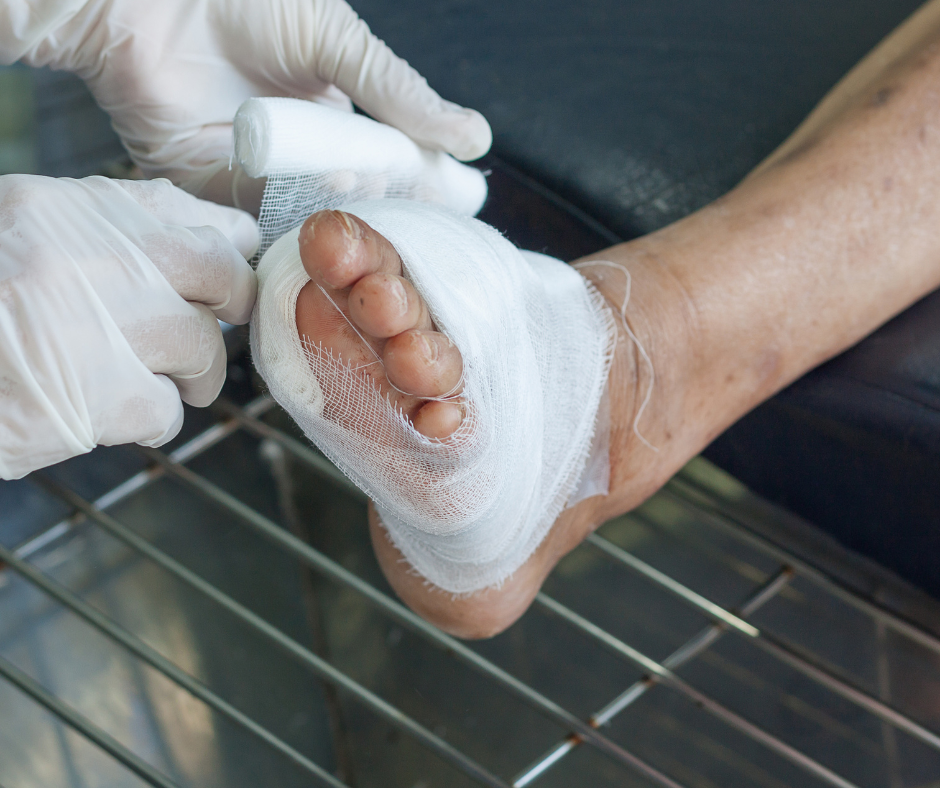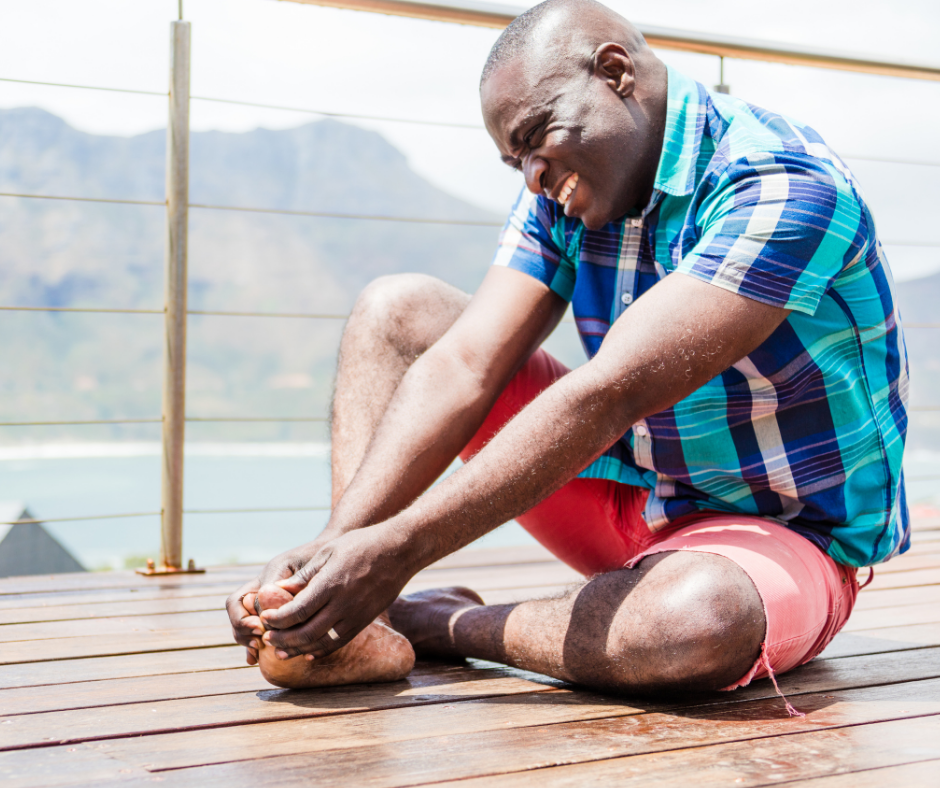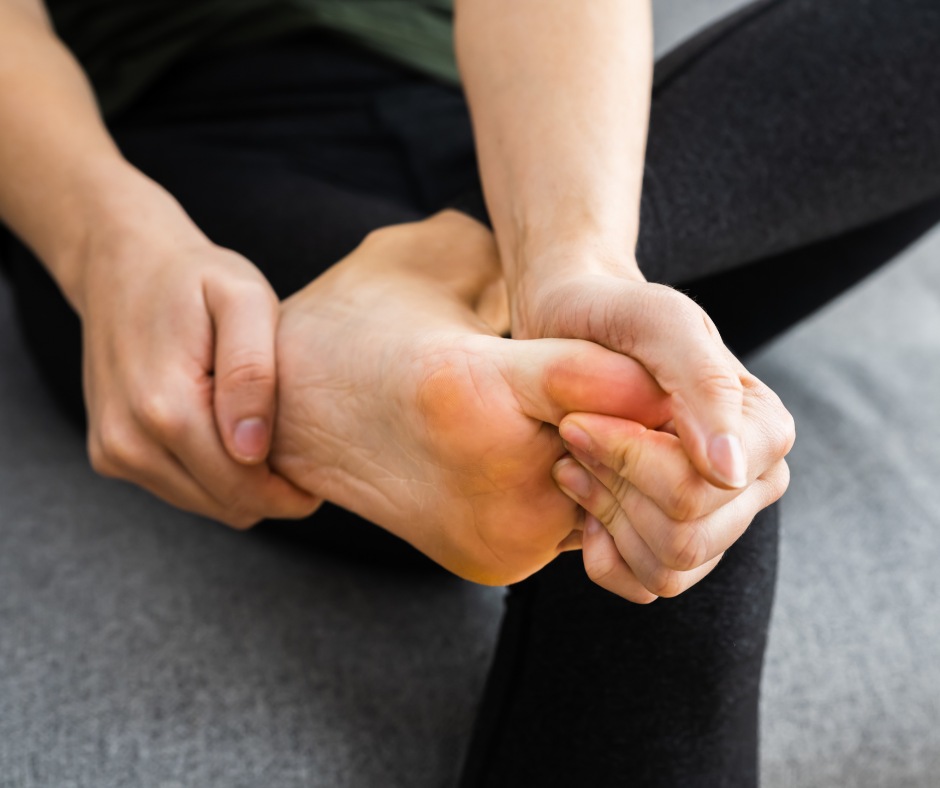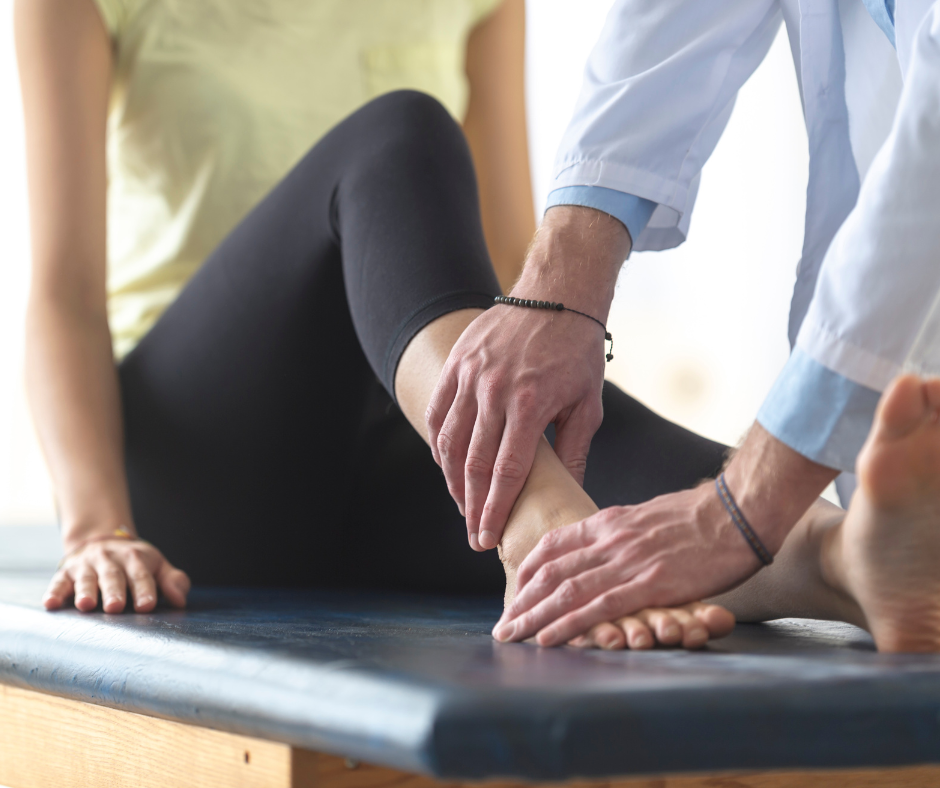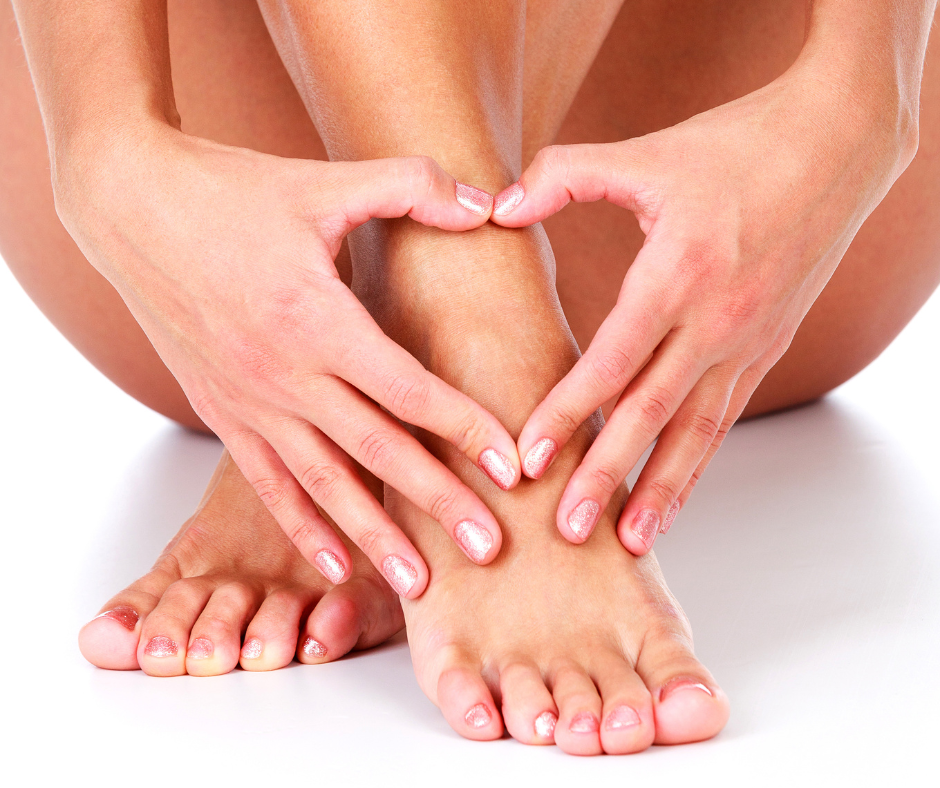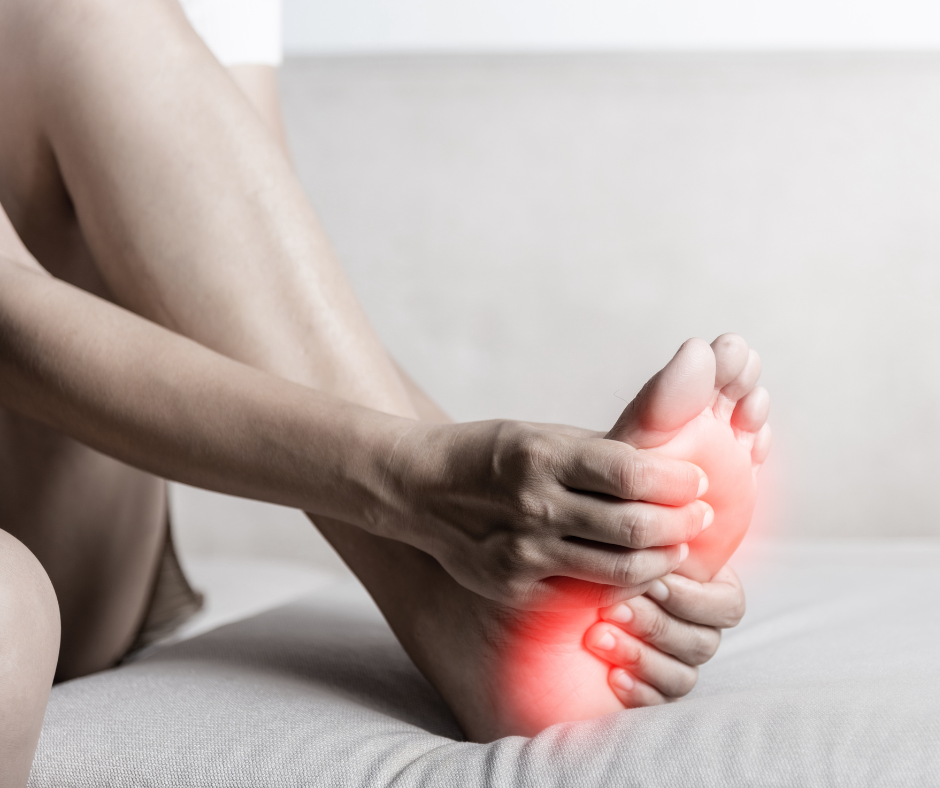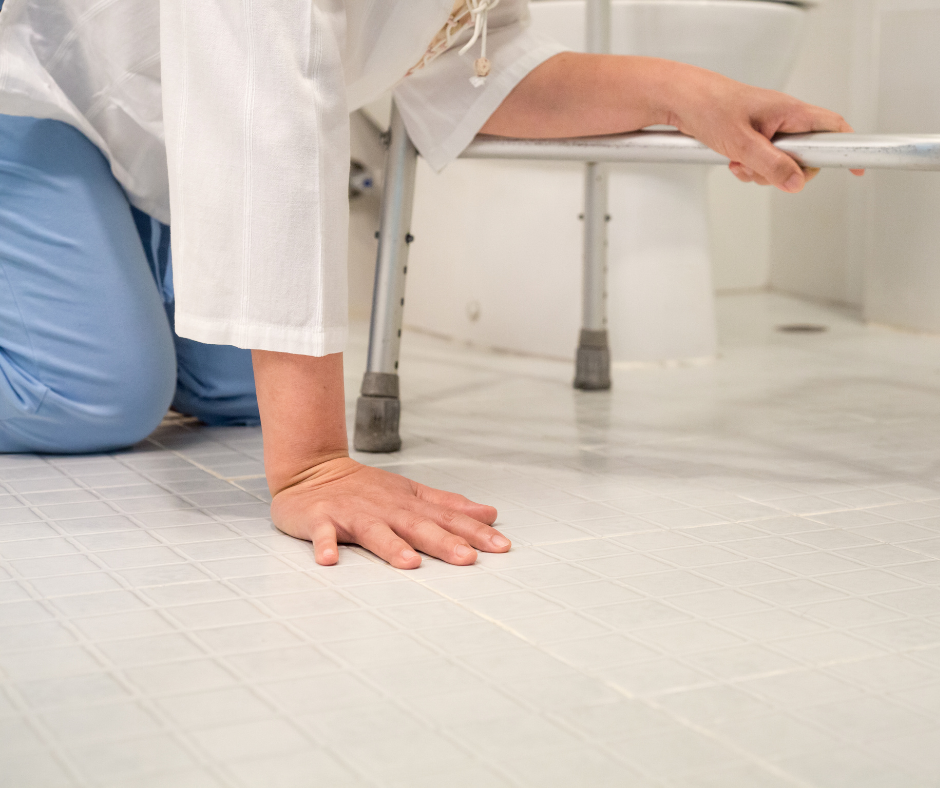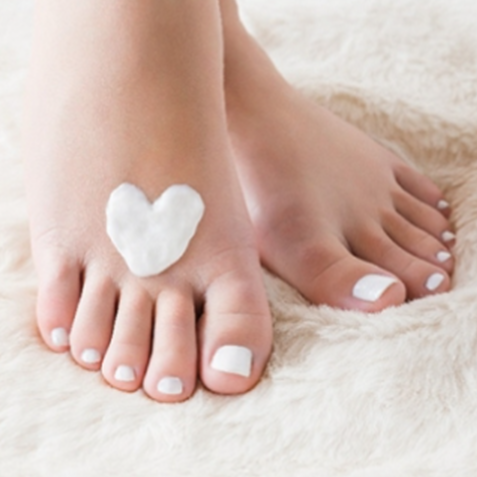Summer’s just around the corner, and with that comes extra time outside playing sports, hiking, visiting the beach, and enjoying the sunshine with your loved ones. While these activities are fun and exciting, it’s important to know that they can also put extra stress on your feet and ankles.
Keep a close eye on your feet this summer to avoid some of the injuries below:
Achilles Tendonitis
Achilles Tendonitis occurs when the Achilles tendon becomes inflamed due to overuse, stress, injury, or degeneration. It can cause intense lower-leg pain or a chronic dull ache in the back of the lower leg. An increase in exercise intensity or duration can also lead to this injury.
Plantar Fasciitis
Plantar Fasciitis is characterized by heel pain. This is when the plantar fascia, the thick band of tissue that runs along the bottom of the foot between the heel and the toes, is inflamed. Usually, this occurs due to stress from intense running or poor shoe support.
Ankle Sprain
When the ankle bones twist with too much force, the ligaments surrounding the outside of the bones may tear. If the sprain is not correctly diagnosed and treated, it may create permanent, lasting ankle trouble. It can cause moderate to severe pain, making it difficult to stand or walk.
Heel Spur
Spurs are outgrowths of the bone. They most commonly occur in the heel and usually develop in areas under constant pressure. Repeated running on hard surfaces and wearing footwear that does not correctly support the arch can put extra stress on the heel, leading to heel spurs.
Stress Fracture
Stress fractures are small fissures or cracks in the surface of the bone and usually occur in the forefoot or the area from the mid-foot extending to the toes. Stress fractures are quite common for athletes or anyone who engages in rigorous sports involving a lot of running. It can often cause pain and swelling in the lower leg and should be checked by a specialist.
Step By Step Family Foot Care is here to assist you with any of your podiatry needs! To make an appointment with Dr. Debra Manheim, call us at (973) 917-3785 or visit our site to schedule an appointment. The staff at our Parsippany office is ready and eager to help.



